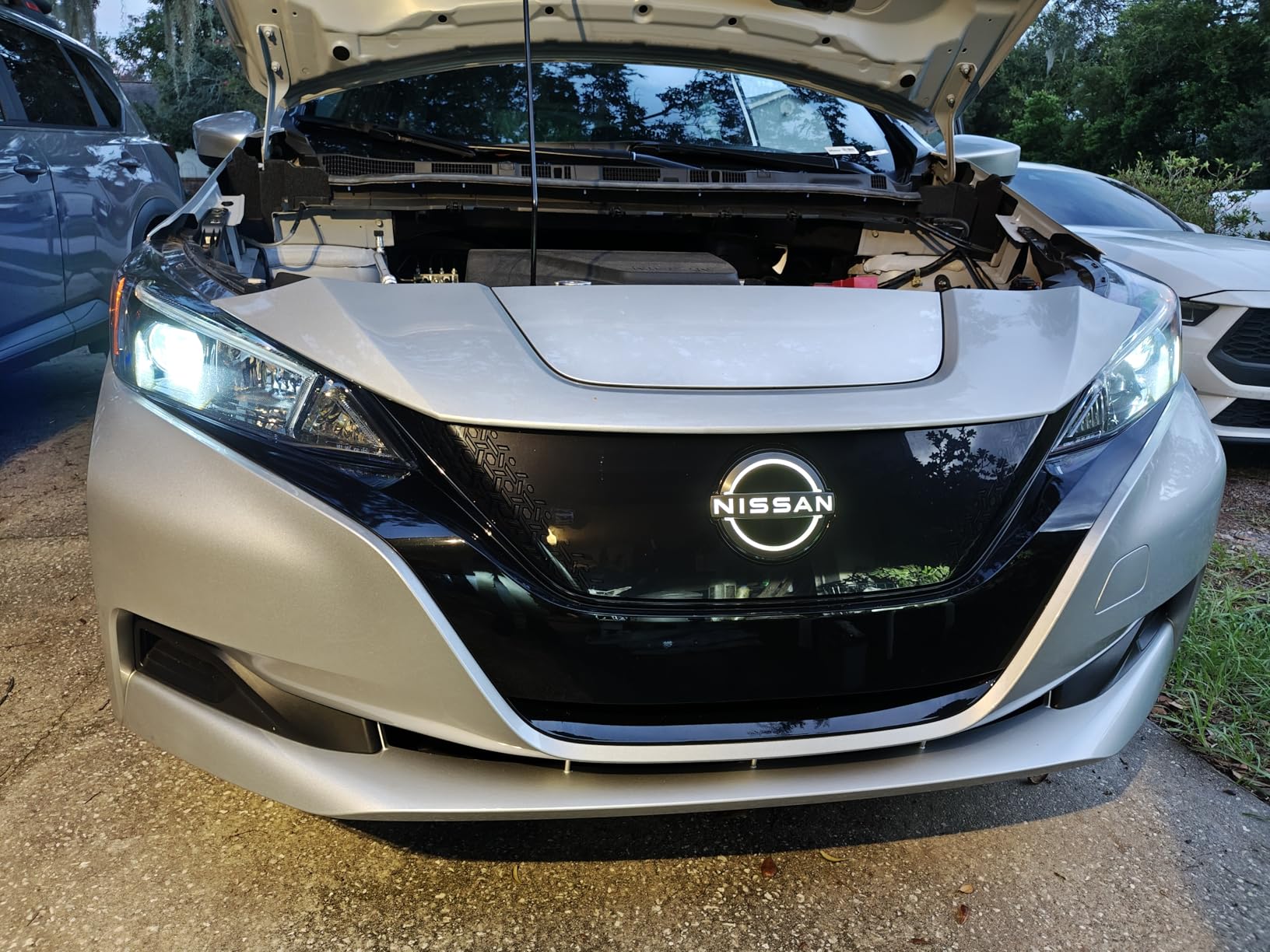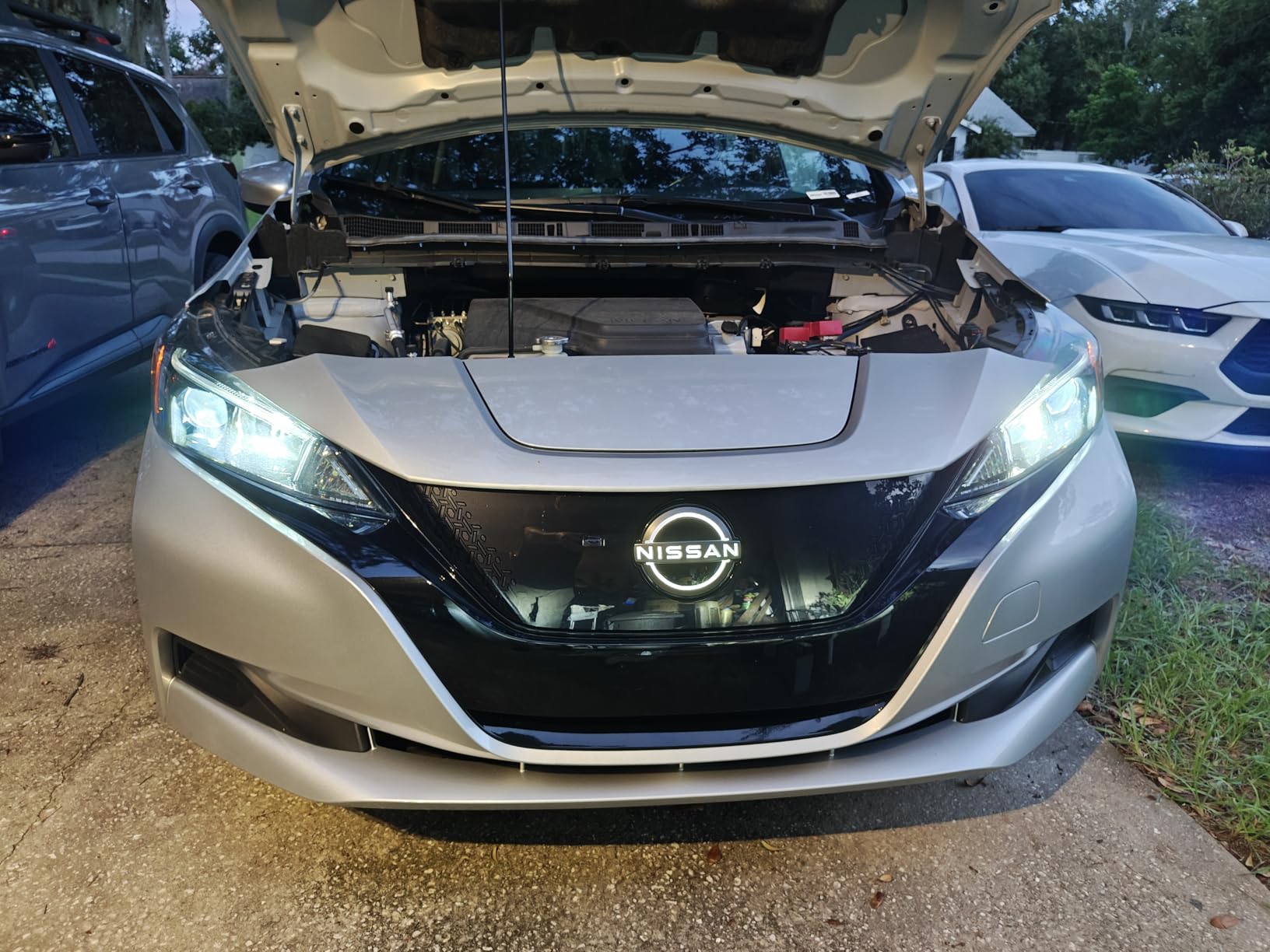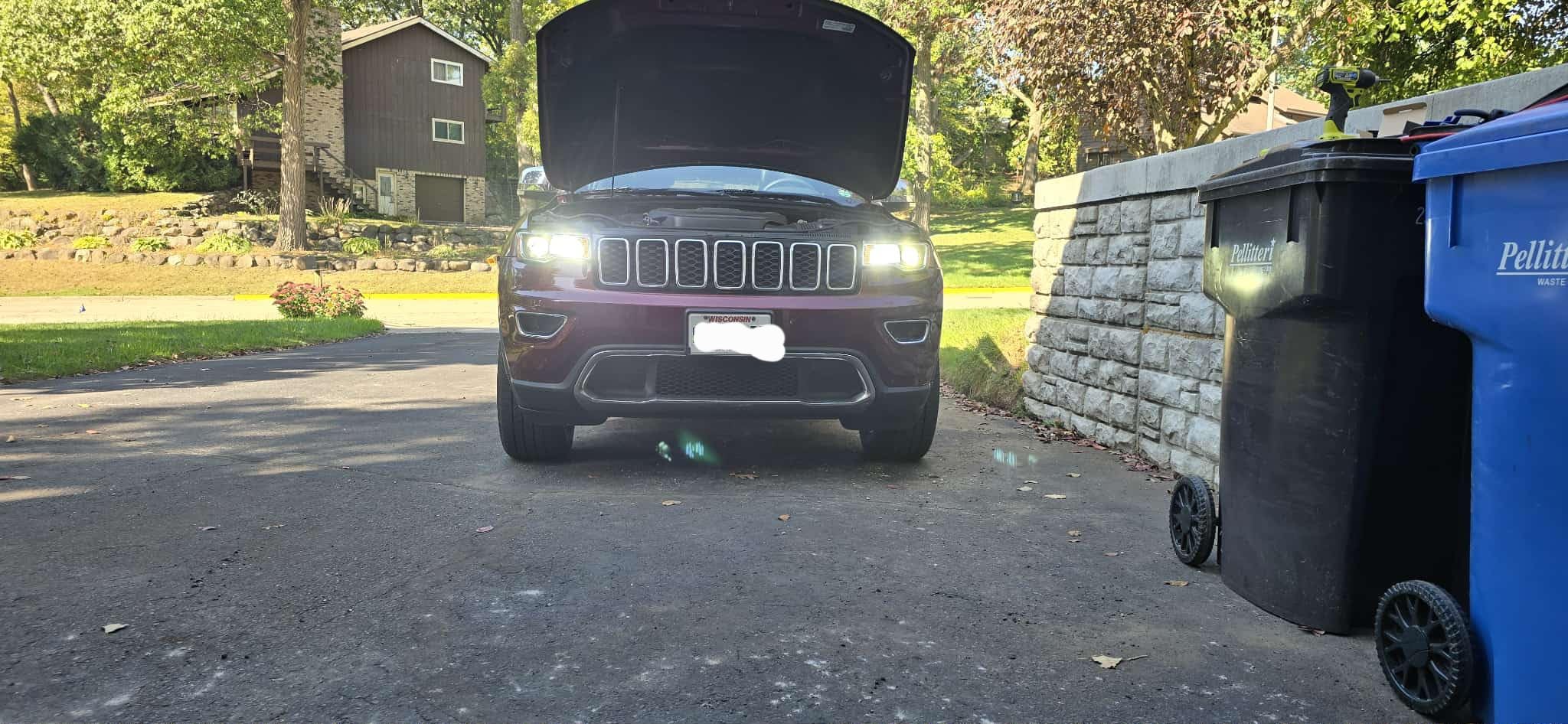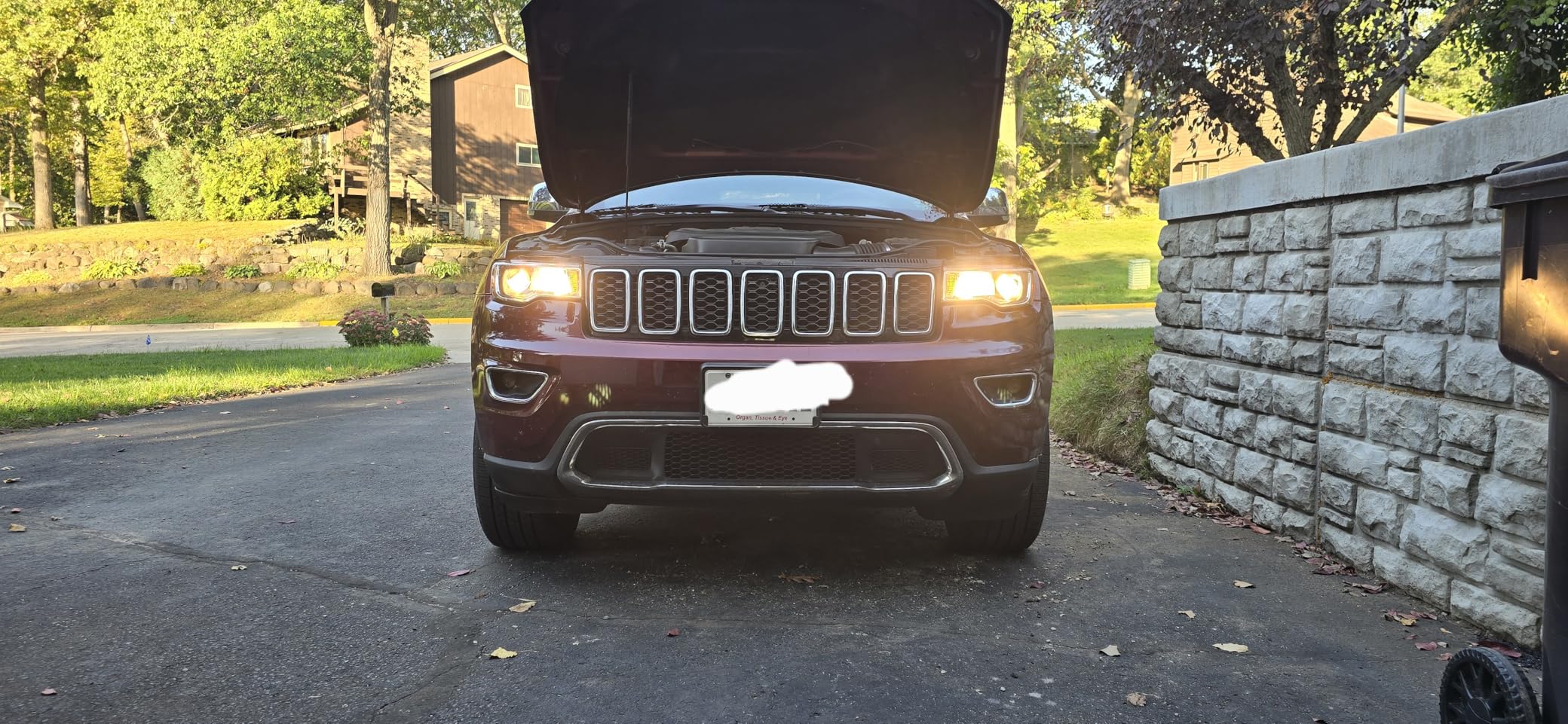Driving safely in Texas means more than following traffic rules—it also requires complying with state headlight laws. These regulations ensure proper visibility and safety in all conditions. Non-compliance can lead to fines, insurance hikes, and record penalties. This guide covers key Texas headlight laws, legal modifications, and potential consequences, helping drivers stay informed, avoid legal issues, and promote safer roads for all.

Texas Headlight Laws: Understanding the Basics
In Texas, the rules governing vehicle headlights are not just recommendations; they are legal requirements that ensure the safety and efficiency of transportation under the state’s jurisdiction. These laws specify the type, number, and configuration of headlights a vehicle must have:
- Number and Placement: Texas law mandates that all motor vehicles be equipped with two operational headlights. These headlights must be mounted on opposite sides of the vehicle’s front and positioned at a height ranging from 24 to 54 inches above the ground level. This placement helps maximize the visibility of the vehicle while ensuring the lights effectively illuminate the road ahead without causing undue glare to oncoming traffic.
-
Headlight Types Allowed: While standard headlights are required, Texas regulations also permit the installation of up to two fog lamps. These additional lights must comply with specific conditions to be legally used:
- Fog lamps should be mounted on the front of the vehicle.
- When fog lamps are used in conjunction with the regular headlights, they must be aimed at least four inches below the level of the center of the main headlight beam at a distance of 25 feet. This specification helps reduce the glare that can impair the vision of drivers in opposing vehicles.
- Brightness and Color: Ensuring the correct color and brightness of headlights is crucial for compliance and safety. Texas law stipulates that headlights must emit a white light, clearly visible from a distance of at least 1,000 feet. The intensity of the headlights should be powerful enough to illuminate the road adequately but not so bright as to blind other road users. Specifically, the brightness should fall within a range of 500 to 3,000 candela. This regulation is enforced to balance visibility needs with safety concerns, particularly in reducing glare that can lead to accidents.
Proper headlight use is essential for safe driving in Texas, especially at night or in poor weather. Following these rules helps protect both you and others on the road.
Legal Headlight Modifications in Texas
Headlight modifications can improve style and performance, but in Texas, they must meet state and federal regulations. We explains which changes are legal and how to stay compliant while upgrading your vehicle.
- Compliance with Standards: All aftermarket headlights, including replacements and modifications, must meet specific regulatory standards. These standards are set by the Department of Transportation (DOT) and the Society of Automotive Engineers (SAE). When purchasing aftermarket headlights, look for the DOT or SAE certification marks. This certification ensures that the lights comply with national safety standards, which Texas law upholds.
-
Approved Modifications: When modifying your vehicle’s headlights:
- LED and HID Headlights: Both Light Emitting Diode (LED) and High-Intensity Discharge (HID) headlights are legal in Texas as long as they emit white light and do not exceed the brightness thresholds set by law (500 to 3,000 candela). These types of lights are favored for their efficiency and brightness, but it’s important to ensure they are correctly aimed and installed to avoid creating glare that could impair other drivers’ vision.
- Installation and Aiming: Proper installation and aiming are crucial in headlight modifications. Headlights should be aimed such that they do not blind oncoming traffic. Texas law requires that if fog lamps are used, they must be aimed at least four inches below the center level of the main beam at a distance of 25 feet. Similar care should be taken when installing LED or HID lights to ensure they meet these visibility guidelines.
- Restrictions on Colors and Brightness: Texas strictly prohibits the use of certain colored lights on civilian vehicles. Headlights must emit a white light, which is essential for consistent and safe visibility on the road. Vehicles with lights that emit colors typically reserved for emergency and law enforcement vehicles (such as red or blue) are subject to penalties.
Following headlight modification rules ensures your vehicle stays safe and legal. Well-modified headlights can boost performance and appearance—without endangering others. Stick to the regulations to enjoy better lighting while staying compliant.
Restrictions and Prohibited Modifications
In Texas, while there are options for legally modifying vehicle headlights, there are also specific restrictions and prohibitions designed to maintain road safety and ensure that all modifications adhere to uniform standards. Understanding these restrictions is crucial for any vehicle owner considering headlight modifications:
- Color Restrictions: The law in Texas is strict regarding the color of headlights. All headlights must emit a white light. This requirement is to ensure consistency across all vehicles and to prevent any confusion that could arise from unusual headlight colors, which could be mistaken for emergency or law enforcement vehicles. Using unauthorized colors such as red, blue, or green for headlights is illegal and can lead to fines and other penalties.
-
Prohibited Modifications:
- Tinted Headlight Covers: Tinted covers that change the color or reduce the brightness of headlights are not allowed on Texas roads. These modifications can significantly diminish the light’s effectiveness, making it difficult for drivers to see the road ahead or for other drivers to see the vehicle. Such covers can also alter the color of the light, which is against the regulations requiring headlights to emit a white light.
- Flashing Lights: The use of flashing lights on non-emergency vehicles is strictly prohibited. Flashing headlights can be distracting and confusing for other drivers, potentially leading to dangerous driving conditions. Exceptions are made for certain types of service vehicles like tow trucks, snowplows, or buses under specific circumstances, but generally, civilian vehicles must not feature flashing headlights.
These prohibitions are enforced to minimize risks on the road and to maintain a standard that ensures all vehicles are equipped in a way that promotes visibility and clarity for all road users. Violating these restrictions can lead to various consequences, including fines, the issuance of fix-it tickets requiring the owner to revert their vehicle to compliant standards, and even more severe legal repercussions if non-compliant modifications lead to accidents.
Penalties for Non-Compliance
Failure to adhere to Texas headlight laws can result in several penalties, emphasizing the importance of compliance:
- Fines: The most immediate consequence of non-compliance is the possibility of receiving a fine. These fines can be substantial, often exceeding $200 per offense. Fines serve as a deterrent against modifications that compromise safety.
- Fix-It Tickets: If a vehicle is found to have non-compliant headlights, the driver may be issued a fix-it ticket, which requires the vehicle to be brought into compliance within a certain timeframe and inspected by authorities to confirm the correction. Failure to address a fix-it ticket can lead to additional fines and legal troubles.
- Driving Record Points: For more serious violations, points may be added to a driver’s record, which can affect insurance rates and, with sufficient points, could lead to the suspension of driving privileges.
- Vehicle Inspection Failures: During a vehicle inspection, if the headlights do not meet state regulations, the vehicle will fail the inspection. This failure must be rectified for the vehicle registration to be renewed, which can lead to additional costs and inconvenience for the vehicle owner.
These penalties highlight the importance of understanding and following Texas headlight laws. Not only do they ensure that a vehicle is safe and legal, but they also help maintain the overall safety of roadways by ensuring all vehicles are properly equipped for various driving conditions. Compliance with these laws protects drivers from legal repercussions and contributes to a safer driving environment for everyone.
Practical Tips for Texas Drivers
For drivers in Texas, adhering to headlight regulations is crucial, not just for avoiding penalties but also for ensuring safety on the roads. Here are some practical tips to help Texas drivers maintain compliance with the state’s headlight laws:

- When to Use Headlights: Texas law requires the use of headlights from 30 minutes after sunset to 30 minutes before sunrise. Additionally, headlights must be used when visibility is less than 1,000 feet, such as in fog, heavy rain, or snow. Proper usage of headlights under these conditions enhances visibility and safety for all road users.
- Using Low Beams and High Beams Correctly: It’s important to use low beams when you are within 500 feet of an oncoming vehicle or following another vehicle within 300 feet to avoid blinding other drivers. High beams can be used in open areas without nearby traffic to improve visibility, especially on rural or unlit roads.
- Regular Maintenance and Inspections: Regularly check your headlights for proper alignment and functionality. Ensure that the headlights are clean and that the lenses are not fogged or yellowed, which can reduce effectiveness. Replacing old bulbs and cleaning dirty or oxidized headlight covers can significantly improve your vehicle’s lighting performance.
- Choosing the Right Bulbs: When replacing bulbs, make sure to choose those that are approved for road use in Texas. Look for bulbs that meet or exceed the manufacturer’s specifications and ensure they emit white light as required by law.
- Understanding and Adhering to Modification Guidelines: Before modifying your vehicle’s headlights, be sure to understand the legal requirements. Any modifications should not only comply with the law but also enhance safety. Avoid unauthorized changes that could affect the color, brightness, or direction of the headlights. For more information on how to choose the right bulbs and ensure your upgrades are legal, refer to the Ultimate Guide to LED Headlights.
Conclusion
Texas headlight laws help ensure all vehicles maintain safe and legal lighting. By following these rules—through proper use, maintenance, and compliant modifications—drivers can avoid penalties and support safer roads. Staying informed protects both you and others on the road in all driving conditions.




